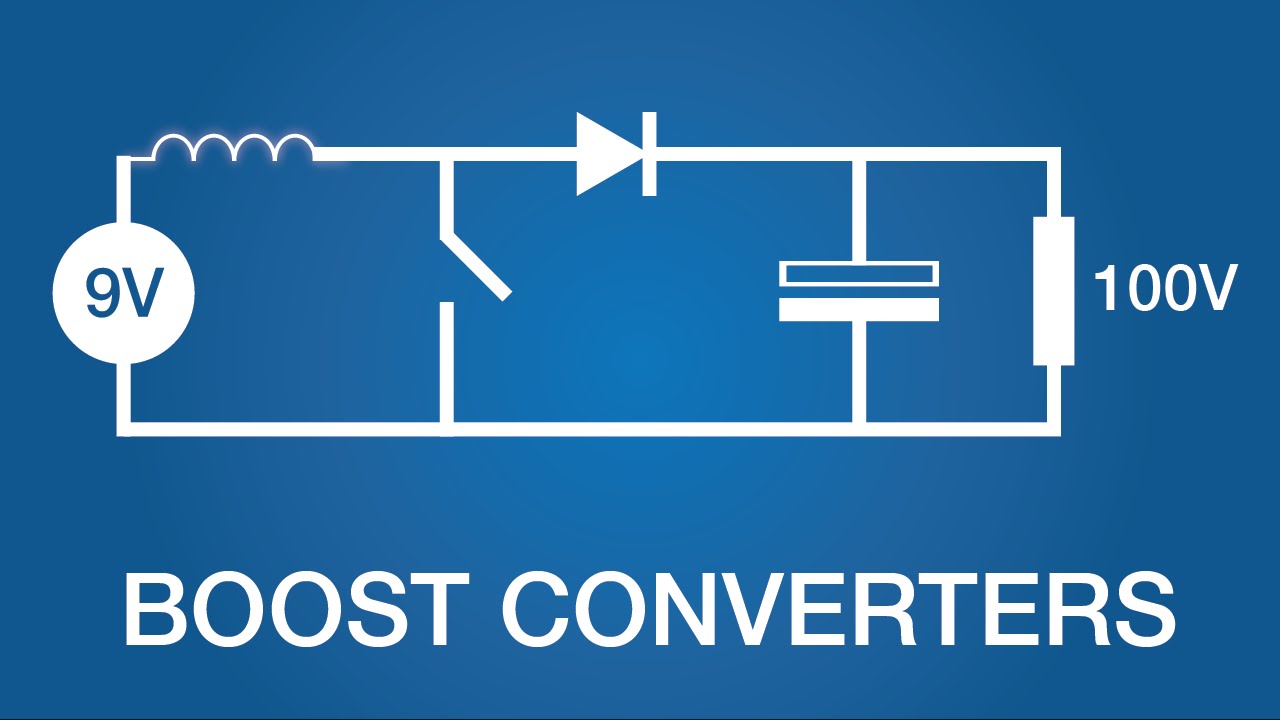
A look into how boost converters work in a very visual format. Try this circuit: http://goo.gl/nkHq9H
How Boost Converters (DC-DC Step-Up) Works – [Link]

A look into how boost converters work in a very visual format. Try this circuit: http://goo.gl/nkHq9H
How Boost Converters (DC-DC Step-Up) Works – [Link]
Hi,
Very good description. Very Good.
What I have noticed is very often a DIY project requires a strange voltage and a convert like this is required. But typically you also see multiple voltages required and sometimes negative voltages. I have found small flyback inverters very useful in these cases, setup, step down and isolation. All from a single inductor and switch.
You can purchase many “Pre-Wound” flyback inductors but they are also very easy to build. I have used many of the “EFD” sized cores and bobbins, very easy to build by hand. From tiny to large and they are fairly low profiles. With a basic primary defined for an input voltage range and frequency the output winding is simple. Simply use about 1 or 2 volts per turn depending of the magnetic design. (That design is not simple I use software. But once done alternate secondary windings are simple.
Example of multi-output flyback transformers can be found at http://www.sunduino.com
Thanks,
Bob K.